A new study theorizes that black holes made of collapsed universes originate dark matter, and our own universe may look like a black hole to outsiders.
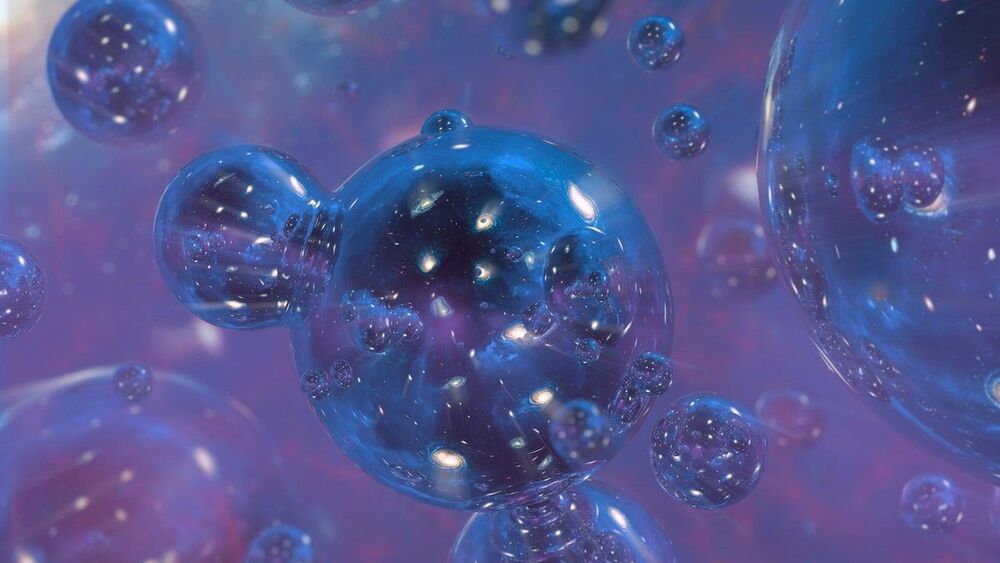

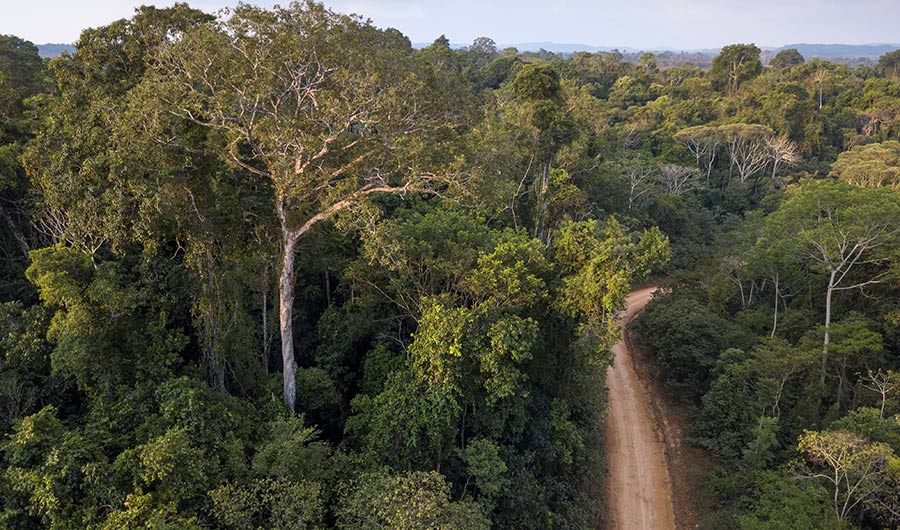
(Inside Science) — It took years of painstaking work for Carlos Souza and his colleagues to map out every road in the Brazilian Amazon biome. Official maps of the 4.2 million-square-kilometer region only show roads built by federal and local governments. But by carefully tracing lines on satellite images, the researchers concluded in 2016 that the true length of all the roads combined was nearly 13 times higher.
“When we don’t have a good understanding of how much roadless areas we have on the landscape, we probably will misguide any conservation plans for that territory,” said Souza, a geographer at a Brazil-based environmental nonprofit organization called Imazon.
Now, Imazon researchers have built an artificial intelligence algorithm to find such roads automatically. Currently, the algorithm is reaching about 70% accuracy, which rises to 87%-90% with some additional automated processing, said Souza. Analysts then confirm potential roads by examining the satellite images. Souza presented the research last month at a virtual meeting of the American Geophysical Union.
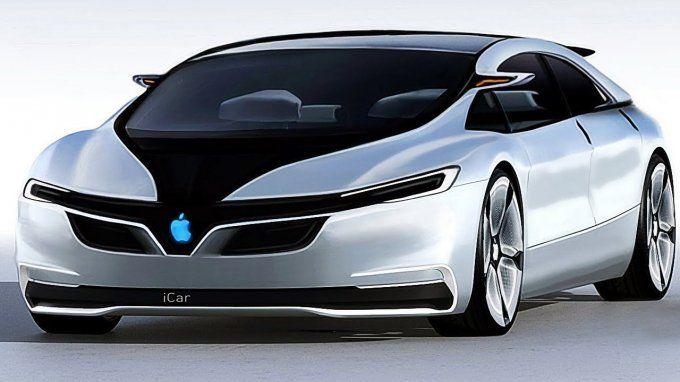
O,.o.
It is no secret that Apple is working on the development of electric vehicle technology for almost 5–6 years now. Codenamed as Project Titan, the project contains many ex-employees of renowned automobile brands such as Tesla, Land Rover, and Aston Martin. Recently, there were rumours of Apple linking up with TSMC (Taiwan Semiconductor Manufacturing Company) for producing self-driving chips for their planned vehicles.
It was unclear until now whether Apple will be manufacturing the vehicles on their own, or will they act as a software provider for existing automobile brands. Now, however, there are reports that the tech company is in early talks with the Hyundai Motor Group, among others.
A Hyundai Motors representative confirmed yesterday that the South Korean automobile company is in discussion with Apple. Of course, ever since the tech company announced its intentions of developing an electric vehicle, it is in talks with a number of global manufacturers. However, Hyundai is one of the first major names to have come up.

AR cloud technology enables the unification of the physical and digital world to create immersive experiences. This technology uses a common interface to deliver persistent, collaborative and contextual digital content overlaid onto people, objects and locations. This provides users with information and services directly tied to every aspect of their physical surroundings.
The AR cloud will use a common interface to overlay digital content onto people, objects, and locations in persistent, interactive way.
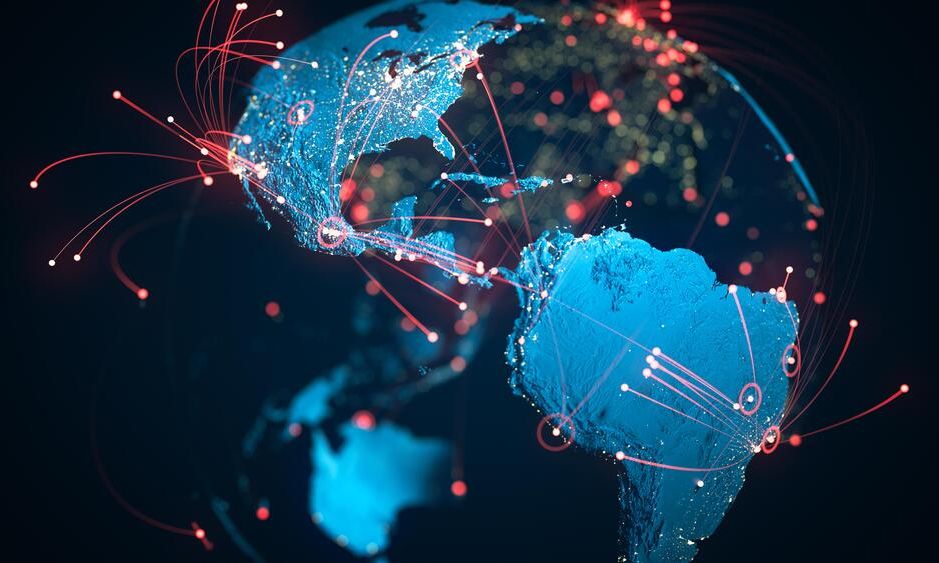


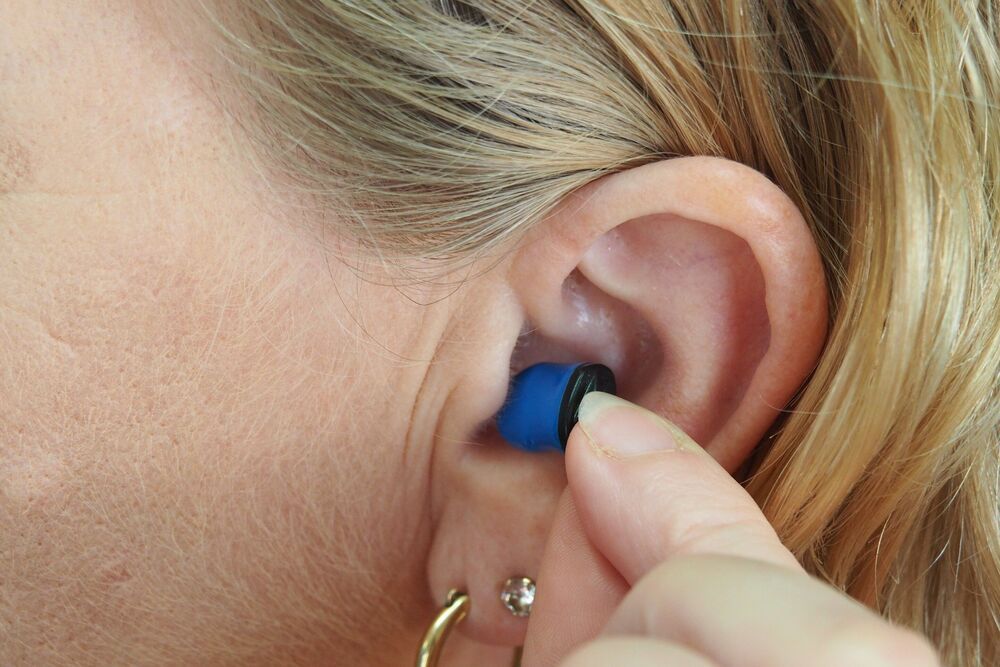
Despite the inherent challenges that voice-interaction may create, researchers at the Penn State College of Information Sciences and Technology recently found that deaf and hard-of-hearing users regularly use smart assistants like Amazon’s Alexa and Apple’s Siri in homes, workplaces and mobile devices.
The work highlights a clear need for more inclusive design, and presents an opportunity for deaf and hard-of-hearing users to have a more active role in the research and development of new systems, according to Johnna Blair, an IST doctoral student and member of the research team.
“As smart assistants become more common, are preloaded on every smartphone, and continue to provide benefits to the user beyond just the ease of voice activation, it’s important to understand how deaf and hard-of-hearing users have made smart assistants work for them and the realistic challenges they continue to face,” said Blair.
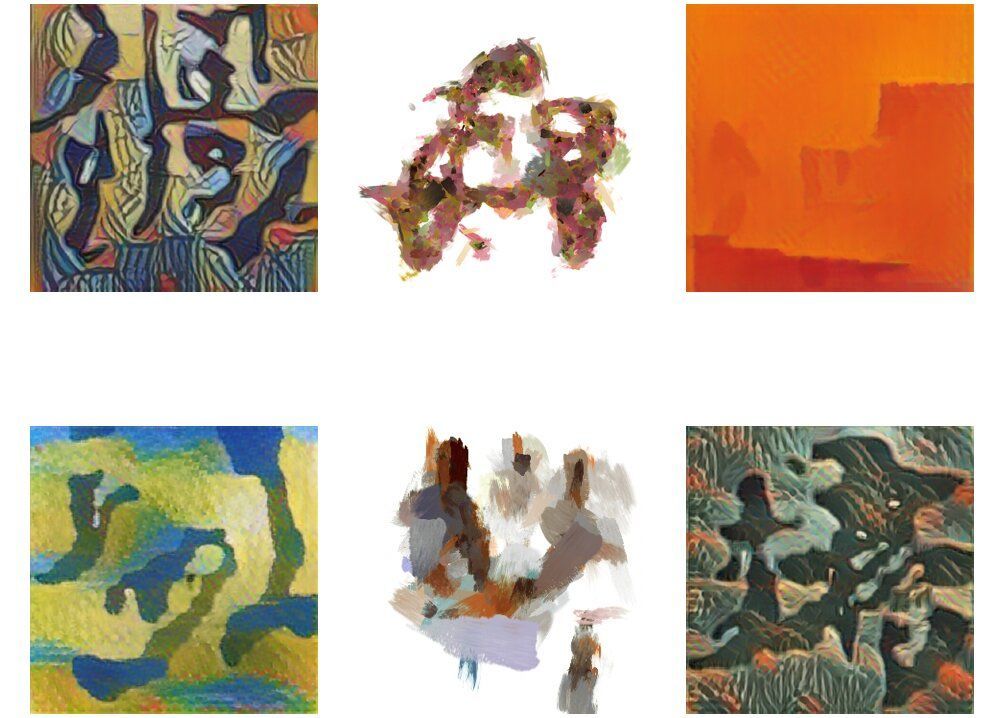
Over the past few years, computer scientists have developed increasingly advanced and sophisticated artificial intelligence (AI) tools, which can tackle a wide variety of tasks. This includes generative adversarial networks (GANs), machine-learning models that can learn to generate new data, including text, audio files or images. Some of these models can also be tailored for creative purposes, for instance, to create unique drawings, songs or poems.
Researchers at Tongji University in Shanghai in China and the University of Delaware in the US have recently created a GAN-based model that can generate abstract artworks inspired by Chinese calligraphy. The term Chinese calligraphy refers to the artistic form in which Chinese characters were traditionally written.
“In 2019, we collaborated with a restaurant based in Shanghai to showcase some AI technologies for better customer engagement and experience,” Professor Harry Jiannan Wang, one of the researchers who carried out the study, told TechXplore. “We then had the idea to use AI technologies to generate personalized abstract art based on the dishes customers order and present the artwork to entertain customers while they wait for their meals to be served.”
